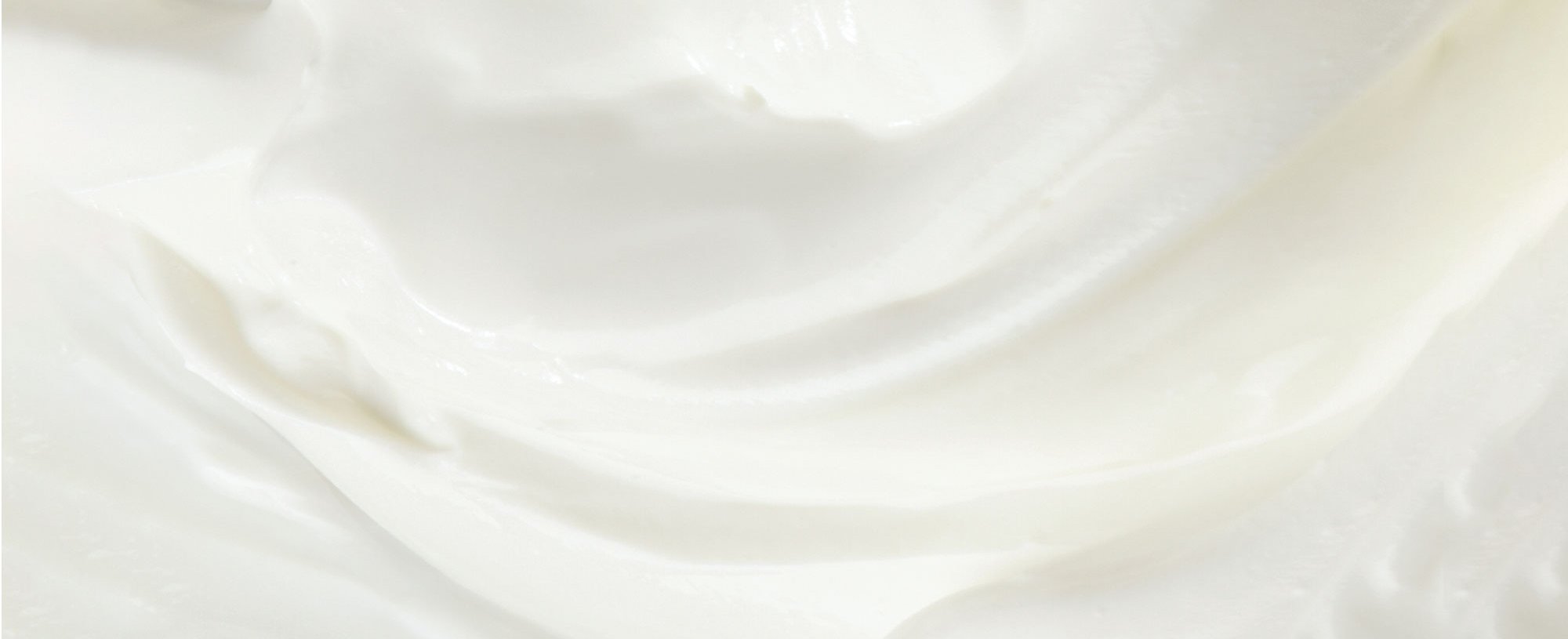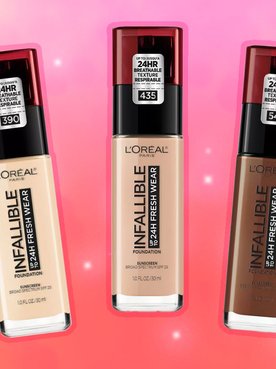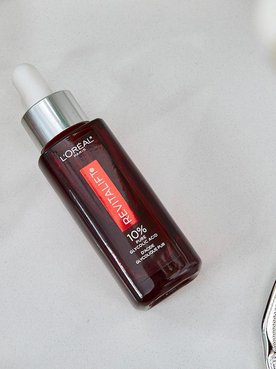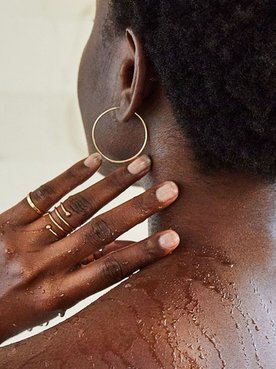Navigating how to shave like a pro can be difficult, and when it comes to common shaving mistakes, neglecting to replace your razor regularly is at the top of the list. So, how often should you change your razor? Do the rules differ whether the razor you use is for facial hair or for body hair? What if you aren’t using a disposable razor? Don’t worry—we have all the answers. Read on to learn how often you should change your razor when smooth skin is the goal.
HOW OFTEN SHOULD YOU CHANGE YOUR RAZOR?
Let’s cut to the chase, shall we? The American Academy of Dermatology states that you should change your blade or throw away disposable razors every five to seven shaves. This will help minimize irritation and the spread of bacteria. Even if you’re using a razor that doesn’t require the blade to be changed, you’ll want to use this timeline to create a schedule for thoroughly cleaning your razor. This is also true whether your razor is being used for facial hair or to shave your legs.
While five to seven shaves is a general rule of thumb, there are other signs to look out for that may call for replacing your razor sooner. The Cleveland Clinic shares that if you notice an accumulation of gunk or waste in your razor and it doesn’t rinse out easily with a stream of water, this is a sign that it’s time to replace the blade. This is true even if your razor still cuts well! According to the Cleveland Clinic, a razor with impacted waste can lead to infection by introducing bacteria into open pores or cuts.
Aside from actually switching your razor, you should also take care to clean it while you shave. Yup—according to the AAD, you should rinse your blade after each swipe of the razor. This will prevent a buildup of shaving cream or gel and hair, which can spread bacteria and also make it difficult to get a clean shave. You should also rinse your razor prior to and after shaving.
HOW TO CLEAN A RAZOR
Speaking of cleaning your razor, while rinsing is good for regular maintenance, when it comes to actually cleaning your razor, there’s a bit more to it. If you want to ensure your razor is thoroughly cleaned and hygienic for your next use, follow the steps below.
What you’ll need:
Your razor
A sink
Anti-bacterial soap
Toothbrush
Towel or washcloth
STEP #1. RINSE
Turn the faucet on to a hot water setting. Hot water will work better when it comes to removing any hair buildup! Hold the blade under the sink and allow the hair to wash away. If needed, gently tap the side of the razor against the edge of the sink to help dislodge any hair or product.
STEP #2. WASH
Pump a small amount of anti-bacterial soap onto your razor. Then, hold it under the faucet once more, using the same tapping technique if you need to!
Editor’s tip: Dealing with a bit of buildup that just won’t seem to give way? Keep in mind our note above and that it may be time to swap your razor. That said, to scrub and make sure you get into the crevices of your blade, you can use a clean toothbrush (one that won’t be anywhere near your teeth) to help thoroughly clean your razor.
STEP #3. LET IT AIR DRY
Lay out a towel or washcloth and leave your razor to air dry. In fact, this should always be the case. The AAD reveals that you’ll want to leave your razor in a dry place to avoid having bacteria grow on it. So, as convenient of a storage spot as it may seem, don’t leave your razor in the sink or shower!
Now that you know the deal with how often you should change your razor, you may be wondering what other shaving facts you aren’t in the loop on. Check out our article, Does Shaving Make Hair Grow Back Thicker and Darker?





